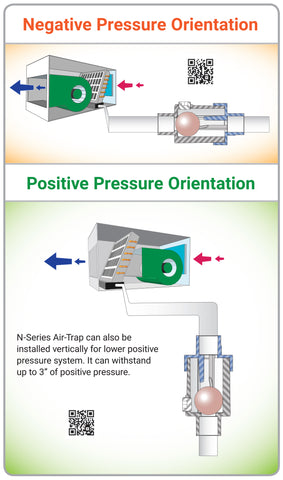

It also states that flow is inversely proportional to length, meaning that longer lines have lower flow rates. As an example, the flow of a 14G cannula is typically twice that of a 16G, and ten times that of a 20G.


Peripheral IV cannulas are typically available as (from large to small) 14G, 16G, 18G, 20G, 22G. The radius of IV cannulas is typically measured in 'gauge', which is inversely proportional to the radius. The equation states that flow rate is proportional to the radius to the fourth power, meaning that a small increase in the internal diameter of the cannula yields a significant increase in flow rate of IV fluids. The Hagen–Poiseuille equation is useful in determining the flow rate of intravenous fluids that may be achieved using various sizes of peripheral and central cannulas. So, considering that this force will be positive with respect to the movement of the liquid (but the derivative of the velocity is negative), the final form of the equation becomes F viscosity, fast = − 2 π r μ Δ x d v d r | r Therefore, the velocity gradient is the change of the velocity with respect to the change in the radius at the intersection of these two laminae. We don't know the exact form for the velocity of the liquid within the tube yet, but we do know (from our assumption above) that it is dependent on the radius. The area of contact between the lamina and the faster one is simply the area of the inside of the cylinder: A = 2π r Δ x. Think of the lamina as a ring of radius r, thickness dr, and length Δ x. From the equation above, we need to know the area of contact and the velocity gradient. Assume that we are figuring out the force on the lamina with radius r.


 0 kommentar(er)
0 kommentar(er)
